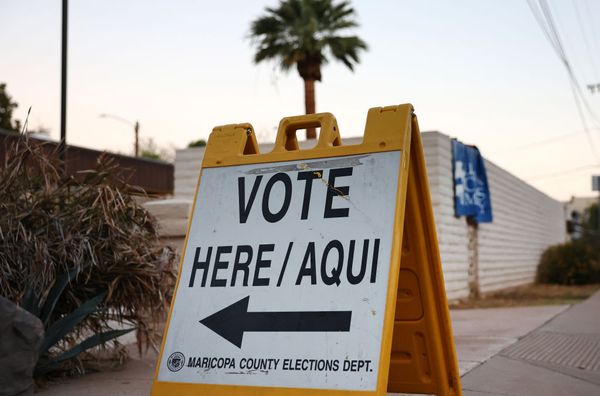While the political discussion around the cannabis legalization in America is often focused on different things social equity to banking access, the bottom line for the industry is money.
With that in mind, it's important to take a look at just how much money the drug is making not only for the industry, but also how much taxes the flower is generating for the states that have legalized recreational weed.
New Mexico launched its recreation market on April 1 with the expectation that the industry would generate "tens of millions of dollars in state, local revenue" annually.
"With around 250 retailers licensed and ready to go on day one, New Mexico’s recreational cannabis industry is off to a strong start... we have crafted a well-regulated industry that is creating jobs, spurring economic activity, and generating revenue for state and local governments," Governor Michelle Lujan Grisham said at the time.
Last year, the state initially said that it would bring in $27 million in tax revenue this year from cannabis sales. Now, the state is lowering that expectation to $22 million.
“Everyone is wondering why can’t we reach $50 or $60 million as previously predicted, it’s because we don’t have enough product for consumers to make that choice,” President and CEO of Ultrahealth Duke Rodriguez said, according to local news channel KOB4.

Getty Images
New Jersey's Tax Trajectory
New Jersey opened its recreational cannabis market on April 12, a couple weeks after New Mexico.
During the first 10 weeks of the program, the state brought in $4.6 million in state tax revenue on nearly $80 million in legal recreational cannabis sales between April 21 and June 30, the state reported.
New Jersey approved a "social equity excise" tax of $1.10 per ounce of cannabis sold. That tax alone is expected to generate $225,000 before the end of the year.
By law, 15% of the generated revenue, or $33,750 based on estimates, is required to be allocated to underage deterrence and prevention programs.
For the second quarter, New Jersey saw cannabis recreational sales of nearly $80 million. Combined with medical cannabis sales, the state reported total cannabis sales of nearly $140 million in the quarter.
New Jersey has 18 dispensaries across the state and the state's Cannabis Regulatory Commission has issued another 140 conditional weed dispensary licenses. But no new ones have opened from those licenses, the New Jersey Monitor reported.
"The market is improving. It is performing as we expect with the current number of dispensaries, the spread of locations, and the high prices," CRC Executive Director Jeff Brown said, according to App.
“As more cannabis businesses come online, consumers won’t have to travel as far to make purchases, and prices will fall with increased competition. The market will do even better.”
Cannabis Glut North of the Border
One of the benefits of the U.S. recreational cannabis market being late to the party is that states can learn from some of the mistakes happening north of the border in Canada.
Last year, Canada grossly overrated the demand for cannabis, as the country, still mostly in a pandemic lockdown, thought that the strong demand seen during the height of the pandemic would continue.
Canada produced about 618 tons of dried cannabis in September, October, and November 2021, according to Health Canada.
That overproduction is weighing on the industry nine months later as the industry tries to work through the supply glut.
New retailers coming online is not helping the situation as there were 126 companies in the second quarter of this year participating in the recreational market. That's a more than 50% increase from the 87 companies in the second quarter of 2021, according to a recent note from Cantor Fitzgerald.
Health Canada says that Canada has 1.4 billion grams of dried cannabis in inventory, of which about 1.26 billion grams are of unpackaged flower. Most of that product is thought to be unsellable for various reasons, including poor quality or low THC scores, according to MJBizDaily.







